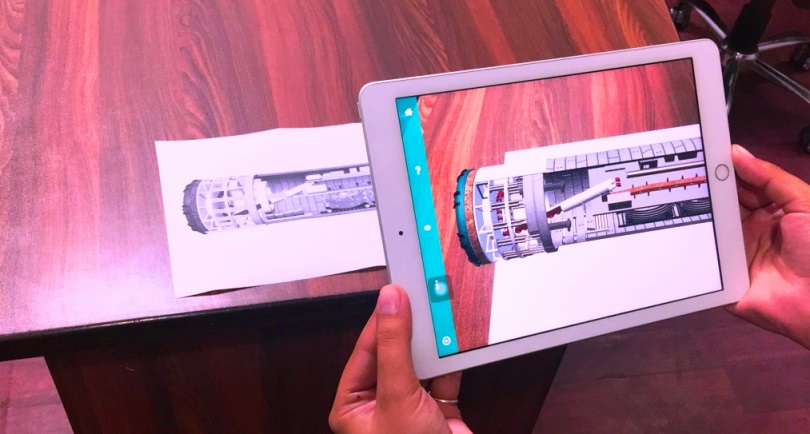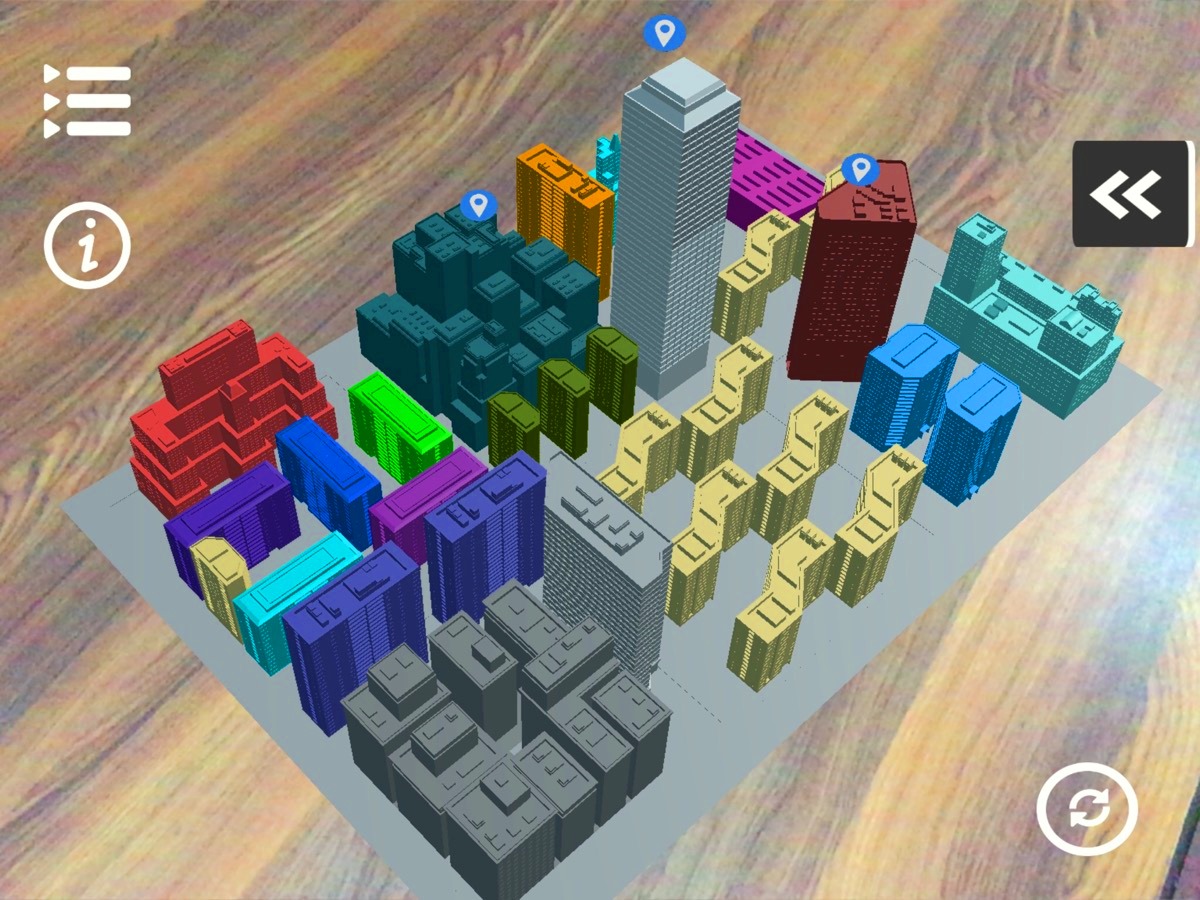Augmented Reality is introducing a new vision in learning. It is providing the ability to connect virtual content to reality and that has been immovably enhancing and providing more alternatives for teachers and students.

Learning for Omni Ages
Augmented Reality is not meant for a particular age group or a particular domain. People of all ages and all departments can use the AR technology. For example, For small age group there are Alphabet learning applications, for middle age group there are many applications like learning human anatomy with AR, learning the use of various machinery etc., and for old age group there are many applications which teach them how to use new devices and get comfortable with today’s generation. So, it does not matter what is the age group or in which field you are working, AR is useful for all.
Communicative Learning
By introducing augmented reality in education, the teachers will get full devotion and attention of students towards them. The 3D models used in AR applications gives a realistic look of a virtual object. This makes the topics more interactive for the students to learn. Also, the eye-catching animated models in AR makes high retention in the learner’s mind. Learning through the new technology makes the people more excited and curious to get more knowledge. In AR, we can see a 3D model of an object which shows all parts of the object. This causes a deeper learning as we can view it from all parts in a lesser time.
Discover and Learn
There is a variety of augmented reality applications, which can be applied for multiple purposes. The AR can be marker based, marker-less, projection based, and superimposition based. All types of AR apps can be used for learning such as
- Marker-based is for scanning any image as a marker
- Marker-less is for geolocation tracking.
- Projection based is for projecting the object through light on the surface and allow human interaction onto the surface.
- Superimposition based is for surface detection and placing objects on surface virtually.

Various fields for the implementation of AR:
- Education: Studying the concepts through 3D models in detail.
- Consumer design: Virtually trying the clothes and jewellery in malls.
- Engineering design: Car driving trainings, detailing of machinery parts, etc.
- Gaming: Playing games in real environment with digital game play.
- Manufacturing: training new workers for the flow of work, learn to assemble complex parts of new machinery, etc.
- Medical: Students can learn and practice the human anatomy virtually in AR.
- Military training: Army training of weapons and battle techniques.
Easy and Convenient
To use the augmented reality, we just need our smart phones and install the AR application from play store. So, it’s completely portable and convenient to use. Students need not to buy or carry any physical models, they can access multiple models through AR apps. It is the best option to save money, time and space.
